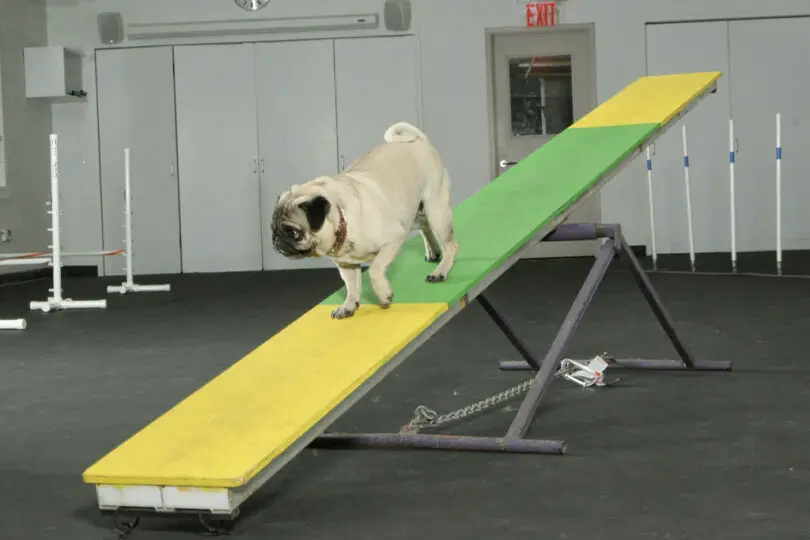Crate training is a valuable tool for Pug owners, providing a safe and comfortable space for your furry friend while also aiding in various aspects of their care. Whether you’re introducing a new Pug to your home or looking to improve their behavior, crate training can be a game-changer. Here’s a step-by-step guide to make crate training easy and enjoyable for both you and your Pug.
1. Choose the Right Crate
Start by selecting the appropriate crate for your Pug. It should be large enough for them to stand, turn around, and lie down comfortably. Opt for a sturdy, well-ventilated crate with a secure latch.
2. Introduce the Crate Gradually
Make the crate a positive and inviting space for your Pug. Place treats, toys, and a soft blanket inside. Keep the crate door open and let your Pug explore it at their own pace. This helps create positive associations with the crate.
3. Associate the Crate with Positive Experiences
Encourage your Pug to enter the crate voluntarily by placing treats or their favorite toys inside. Use a happy and inviting tone to praise them when they go in. Gradually extend the time they spend inside, ensuring it remains a positive experience.
4. Mealtime in the Crate
Associate the crate with positive experiences by feeding your Pug their meals inside. This reinforces the idea that the crate is a comfortable and enjoyable space. Start by placing the bowl near the entrance and gradually move it deeper into the crate.
5. Short, Positive Sessions
Begin crate training with short sessions. Encourage your Pug to enter the crate, close the door for a few minutes, and then open it. Gradually increase the duration as your Pug becomes more comfortable. Always reward them when they exit the crate calmly.
6. Use Commands Consistently
Introduce commands like “crate” or “bed” when guiding your Pug into the crate. Be consistent with these commands, so your Pug associates the words with the action. This helps in smoothly integrating crate time into their routine.
7. Gradual Alone Time
Once your Pug is comfortable with short crate sessions, gradually increase the time they spend alone in the crate. Start with brief periods, gradually extending them. This helps prevent separation anxiety and makes the crate a positive place even when you’re not around.
8. Comfort Items
Enhance the comfort of the crate by adding familiar items, such as a favorite blanket or a piece of your clothing. This provides a sense of security and familiarity for your Pug.
9. Never Use the Crate for Punishment
To maintain a positive association with the crate, never use it as a form of punishment. The crate should be a safe and happy space, not associated with negative experiences.
10. Be Patient and Consistent
Crate training takes time, especially with Pugs, who can be a bit stubborn. Patience and consistency are key. Celebrate small victories, and avoid rushing the process.
Benefits of Crate Training for Pugs
- Safe Haven: The crate becomes a secure retreat for your Pug, especially during stressful situations.
- Potty Training Aid: Crate training aids in housebreaking, as dogs are naturally inclined to avoid soiling their living space.
- Travel Companion: A crate-trained Pug is more comfortable during travel, providing a familiar space wherever you go.
- Safety during Rest: It ensures your Pug is safe and secure when you can’t supervise them, preventing potential hazards.
Crate training can be a positive experience for both you and your Pug when approached with patience and consistency. By following these steps, you’ll create a welcoming and secure space for your Pug, making crate time an enjoyable part of their routine.


Leave a Comment